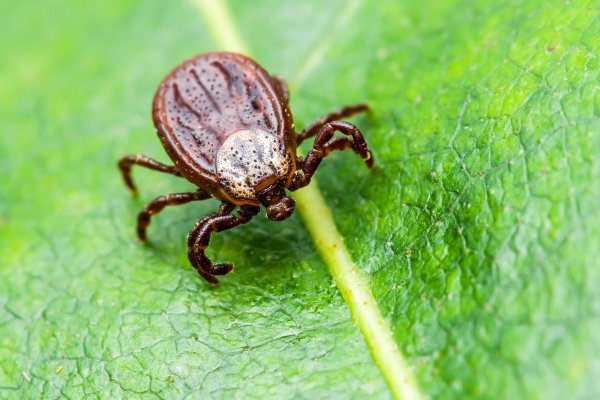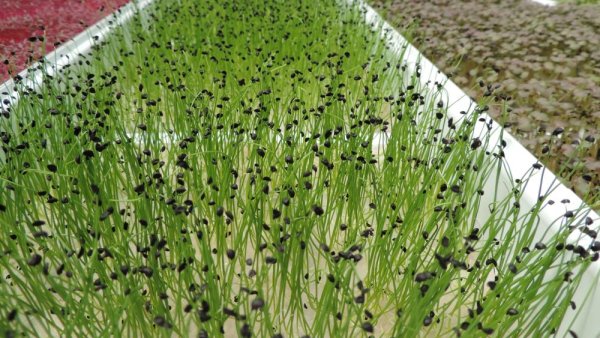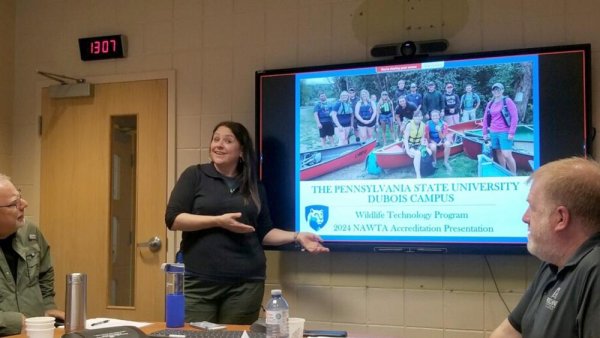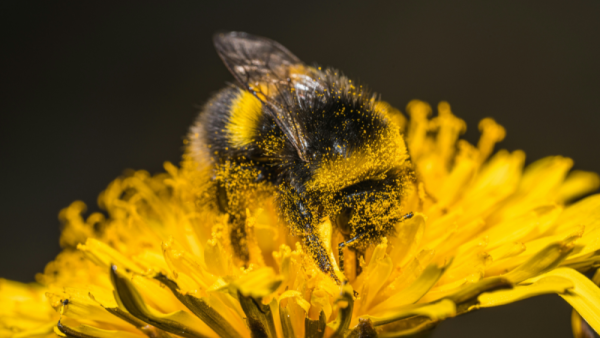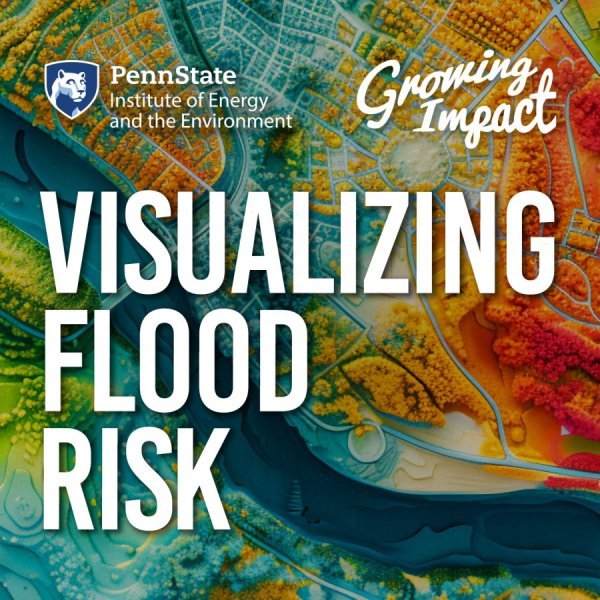Nominations sought for IEE research awards
| psu.edu
The Institute of Energy and the Environment at Penn State has announced a call for nominations for its research award program. The deadline for nominations is Friday, Nov. 8.
‘Materials for Energy Innovation’ theme for 2024 Nelson W. Taylor Lecture Series
| psu.edu
The 2024 Nelson W. Taylor Lecture in Materials will be held from 8:15 a.m. to 12:15 p.m. on Friday, Oct. 11, in the HUB-Robeson Center’s Heritage Hall on Penn State’s University Park campus. The theme of this year’s lecture series is "Materials for Energy Innovation."
SustainPSU and Pa. GreenGov Council offer sixth annual monthly webinar series
| psu.edu
Building on their ongoing partnership, Penn State Sustainability (SustainPSU) and the Pennsylvania GreenGov Council will renew their monthly webinar series to educate government officials, students and faculty about sustainability issues that affect Pennsylvania and the progress we as a state are making to address the Global Sustainable Development Goals (SDGs).
Penn State ranks 17th among US publics, top 5% globally in THE World University Rankings
| psu.edu
Penn State rose 22 places to tie for No. 100 in the world in the 2025 Times Higher Education World University Rankings, placing the University in the top 5% globally among 2,092 ranked institutions. In addition, Penn State rose four places to No. 38 among all U.S. universities and ranked No. 17 among U.S. public institutions. Penn State was the top-ranked public university in Pennsylvania.
Rates of this tickborne disease are on the rise—here are the symptoms to look for
| wellandgood.com
Researchers at Penn State analyzed a large database of clinical patient data that included over 250 million people and found that the rate of babesiosis infection rose 9 percent per year on average from 2015 to 2022.
Tick-borne terror: the rising threat of “American Malaria”
| scitechdaily.com
Babesiosis, a tick-borne disease similar to malaria, is increasing across the U.S., with a significant number of patients also infected with other tick-related diseases like Lyme. This article features Penn State research.
Researcher leads effort to combat microplastics, PFAS in waterways
| psu.edu
A Penn State research team is studying the interactions between microplastics and PFAS in aquatic ecosystems, examining how these pollutants accumulate in rivers and wetlands and assessing the potential risks they pose to wildlife and human health.
New project to support microgreens producers with risk management education
| psu.edu
Faculty members in Penn State’s College of Agricultural Sciences have launched a new project to help agricultural producers tackle the challenges of growing microgreens, fast-growing crops that are popular for their year-round availability and high demand in premium markets.
Rates of a tick-borne parasitic disease are on the rise
| psu.edu
Rates of babesiosis, a tick-borne parasitic disease, increased an average of 9% per year in the United States between 2015 and 2022 and four in 10 patients were found to be co-infected with another tick-borne illness such as Lyme disease, according to a new study led by researchers at the Penn State Health Milton S. Hershey Medical Center and the Penn State College of Medicine.
Hee Jeung Oh receives national research award for work in polymers
| news.engr.psu.edu
Hee Jeung Oh, assistant professor of chemical engineering and of materials science and engineering at Penn State, has been named the 2024 recipient of the American Institute of Chemical Engineers Separations Division’s (AIChE) Fractionation Research Inc./John G. Kunesh Award.
Penn State DuBois Wildlife Technology Program achieves reaccreditation
| psu.edu
Recently, the Wildlife Technology Program at Penn State DuBois earned reaccreditation with the North American Wildlife Technology Association for five years.
Adding fall blooming plants may help both managed and wild bees in cities
| psu.edu
Honey bees are not native to the U.S., leading to concerns that managed honey bee populations might negatively impact wild bees. However, a Penn State research team found that of the 33 genera of native bees studied, only a small number seemed to be negatively affected by the presence of honey bees.






